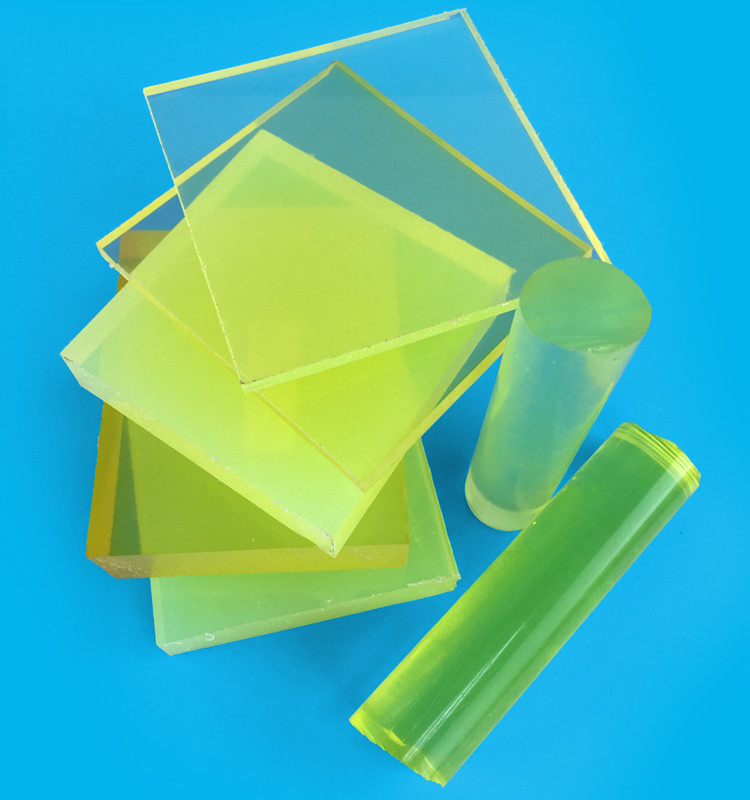A foam is a collection of many bubbles dispersed in an aerated slurry. A foam formed only by a gas in a liquid is called a two-phase foam; a foam that adheres a large amount of ore on two foams is called a "three-phase foam or mineralized foam". Flotation has certain requirements on the number, size and strength of bubbles: bubbles suitable for flotation should not be too large or too small, too large, the boundary area is small, the attached ore particles will be reduced, and the flotation effect is poor; too small, Although the boundary area is large, the attached ore particles will increase, but the floating is difficult; the strength (or stability) of the foam should be appropriate, the strength is too low, and the mineralized foam is likely to merge or rupture when it floats, so that the attached mine The particles fall off prematurely; the strength is too large (ie, too stable). After the foam is scraped from the flotation machine, it does not merge for a long time and does not break. This is not only difficult to transport, but also may cause difficulties in the next process. Therefore, in order to generate a large amount of stable bubbles necessary for flotation, in addition to charging a large amount of air into the slurry, it is necessary to add an appropriate amount of a foaming agent. Pine oil ( 2# oil) is the most widely used foaming agent in China. The pine oil content is stable compared to pine oil. It is prepared by using turpentine as raw material, sulfuric acid as catalyst, alcohol or flat addition as emulsifier. Its composition is similar to that of pine oil, and its main component is also a-nonenol. Its a-nonenol content is about 50%. Pine oil is a light yellow oily liquid, the color is lighter than pine oil, the specific gravity is between 0.9-0.91, flammable, slightly soluble in water, oxidizable in air, and increased in viscosity after oxidation. The pine oil has strong foaming properties and can form bubbles of uniform size, medium viscosity and stability. The ether alcohol oil (polypropylene glycol alkyl ether) foaming agent has good water solubility, can form a large number of small bubbles suitable for flotation, and the generated foam is not sticky, and the defoaming is fast, and no flotation "running" is formed. phenomenon. The foaming ability of such a foaming agent increases as the value of n in the molecular formula increases. Hydrocarbon chain growth increases the foaming capacity, but when it is too long, it will defoam, and its amount is less than that of pine oil and pine oil. The raw material of the ether alcohol foaming agent comes from the by-product of the petroleum industry and is easy to use, so that it can be used in place of the pine oil. The fatty acid ethyl ester ( RCOOC2H5 ) is a product of C4-C5 and C4-C8 alkyl fatty acids and ethanol under the action of sulfuric acid, which is foam stable and less viscous than pine oil. Lead-zinc sulphide ore and copper and cobalt ore processing plant pyrite industrial trials showed that flotation performance than pine oil, with about 10-15 g / tonne.
PU Sheet is with excellent in anti-abrasion and high elasticity. There are different thickness and size. Their mainly function is to reduce pressure. PU sheet is widely used as Cushion, Anti-Pressing and Heavy Load parts.
Applications :
• Conveyor drive and idle rollers
• Hydraulic and pneumatic seals
• Bearing pads,rollers,gear wheels,bushes
• Conveyor belt scraping blades
• Printing rollers
• Cyclone nozzles
Key Features :
• High load bearing capacity
• More durable than conventional elastomers
• Width range of physical properties
• High impact resistance
• Low unlubricated coefficient of friction
• Good water resistance
• Resists cracking under repeated flexure
• Ramains flexible at very low temperatures
Pu Sheet,Pu Rod,Polyurethane Sheet,Polyurethane Rod SHENZHEN XIONGYIHUA PLASTIC INSULATION LTD , https://www.xyhplastic.com

Foaming agents are essential agents in the flotation process. In order for the useful mineral to be effectively enriched at the interface between air and water, it is necessary to use a foaming agent to cause a large amount of interface to generate a large amount of foam. Foaming refers to the use of chemicals to alter the properties of the liquid-gas interface (ie, bubbles) to promote the dispersion of air, forming small, stable bubbles and foams (collection of bubbles).